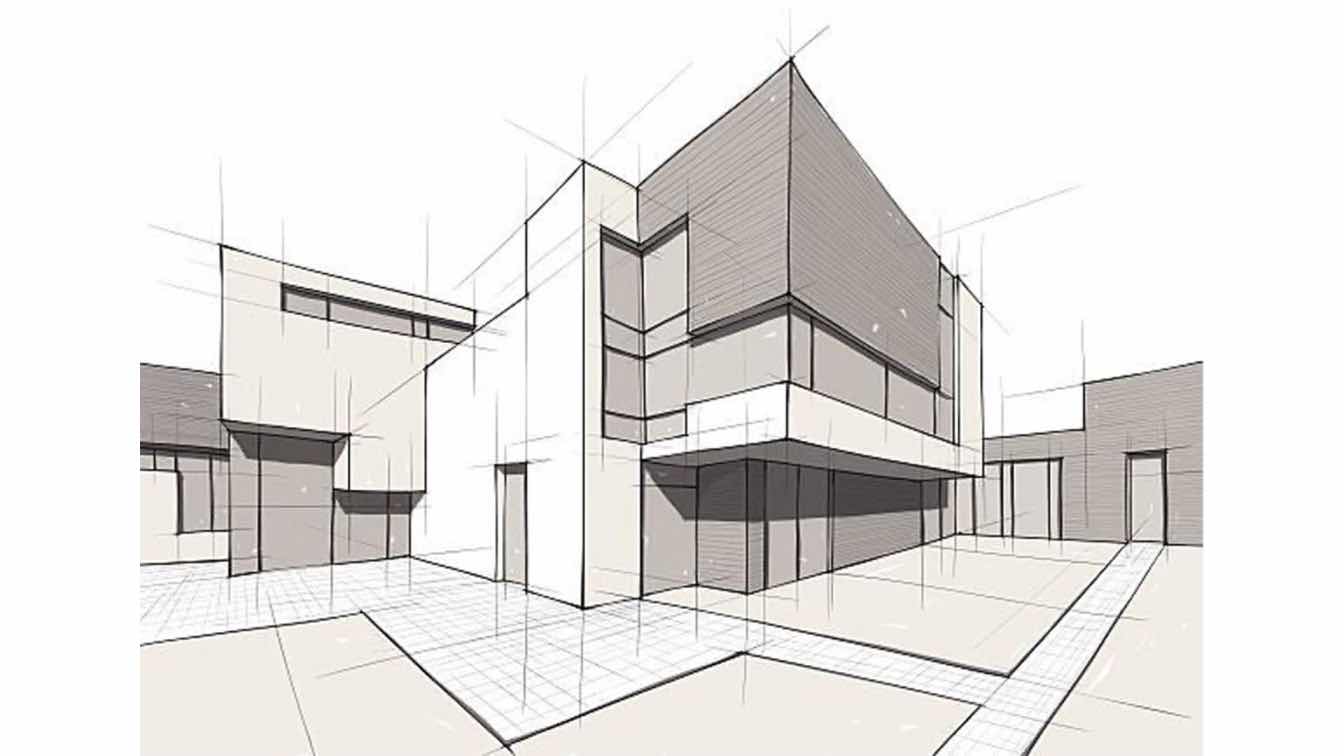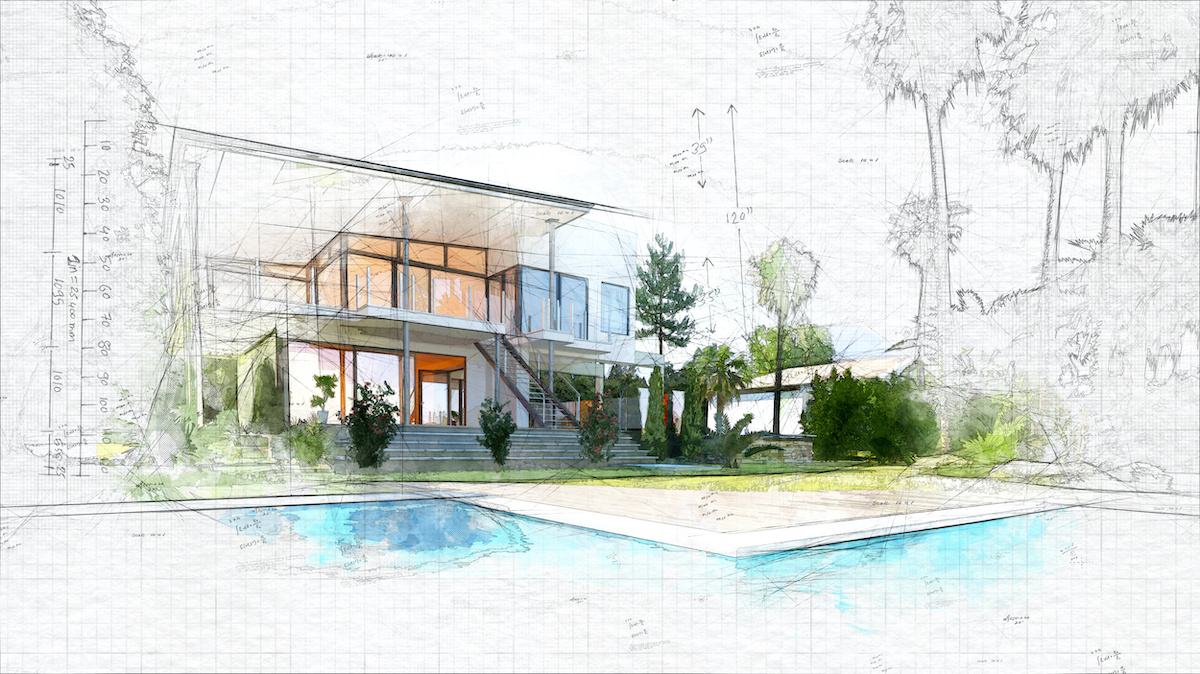A Detailed Review of Building Designs and Their Impact on Modern City Preparation and Development
Building styles have actually long offered as a mirror to the societal worths and technical developments of their time, playing an essential duty in forming modern city preparation and advancement. From the grandeur of Neoclassicism to the practical method of Brutalism, each style has actually introduced one-of-a-kind ideas that influence city looks and functionality.
Historical Introduction of Building Designs

As societies transitioned via the Center Ages, Gothic architecture arised, identified by its verticality and complex outlining, mirroring the spiritual desires of the age. The Renaissance marked a rebirth of classic suitables, merging art and style in ingenious ways that affected subsequent styles throughout Europe.

Today, architectural designs proceed to develop, driven by globalization and sustainability problems, reflecting a dynamic interaction in between heritage and development. This historic review underscores the relevance of style as a mirror of societal development and as a driver for city development.
Key Architectural Styles Explained
The variety of building designs mirrors the myriad influences that shape our developed atmosphere, each personifying distinctive characteristics and cultural importances. Secret building designs consist of Timeless, Gothic, Baroque, Innovation, and Postmodernism, each standing for unique historical contexts and aesthetic viewpoints.
Classic design, rooted in ancient Greece and Rome, highlights balance, proportion, and making use of columns (cda architects). On the other hand, Gothic design, growing in the Center Ages, is identified by sharp arcs, ribbed safes, and flying buttresses, producing a spiritual quality in cathedrals. Baroque architecture, emerging in the 17th century, is noted by majesty, intricate embellishment, and a vibrant interaction of light and shadow
Modernism, which gained momentum in the very early 20th century, focuses on feature over type, utilizing new products like steel and glass to develop minimalist structures. Postmodernism, reacting versus the austerity of Innovation, welcomes eclecticism and historic recommendation, frequently incorporating spirited aspects and irony.

Effect on Urban Planning
In forming the advancement of cities, architectural styles substantially affect city planning choices. The option of building style often dictates the visual appeals, performance, and general character of metropolitan settings. For instance, innovation, with its focus on minimalism and performance, urges open spaces and the combination of modern technology, shaping city designs that focus on efficiency and availability. Alternatively, traditional check my blog styles may stress historic conservation, leading to metropolitan styles that keep social heritage and advertise pedestrian-friendly environments.
Furthermore, architectural styles can impact zoning regulations and land use policies. Urban planners must consider the prevailing building fads when making areas, making sure that brand-new advancements balance with existing structures. This consideration fosters natural city landscapes and boosts area identification.
The application of certain building styles can also affect socioeconomic aspects within a city. For instance, premium contemporary designs might bring in wealthy citizens and companies, leading to gentrification, while more budget-friendly housing solutions could prioritize practical and lasting styles to accommodate varied populaces. Inevitably, the interaction in between building designs and metropolitan planning develops dynamic cities that mirror both historic context and contemporary needs, shaping the lived experiences of their citizens
Sustainability and Modern Design
Architectural styles play a critical duty in attending to modern difficulties, specifically in the realm of sustainability. As city areas broaden and ecological issues intensify, contemporary style increasingly welcomes lasting design concepts that focus on energy effectiveness, source preservation, and minimal environmental influence.
Contemporary architectural motions, visit this site such as biophilic layout and green design, supporter for frameworks that integrate with their surroundings, using all-natural products and promoting biodiversity. These styles usually incorporate sustainable power resources, such as solar panels and wind turbines, to decrease dependence on fossil gas and lower carbon footprints.
Additionally, the assimilation of innovative technologies, such as smart building systems, improves energy administration, maximizing source usage while guaranteeing passenger convenience. Cutting-edge water monitoring strategies, including rainwater harvesting and greywater recycling, further add to sustainable metropolitan atmospheres.
Significantly, sustainability prolongs beyond environmental issues; it encompasses social and economic dimensions as well. By promoting neighborhood wellness and promoting inclusivity, modern architectural styles align with sustainable development objectives. Subsequently, the evolution of building techniques remains to shape resistant cities that not only meet the demands of today but also safeguard the future for generations ahead.
Neighborhood Engagement in Layout
Neighborhood engagement in layout serves as a vital bridge between engineers and the populaces they serve, making certain that the developed environment mirrors the needs and desires of its individuals. This collaborative procedure invites area members to add their understandings and preferences, promoting a sense of possession and responsibility towards the spaces they populate.
Effective neighborhood engagement utilizes various techniques, such as workshops, studies, and public online forums, to collect diverse viewpoints. These methods promote a two-way dialogue, enabling engineers to comprehend neighborhood contexts while empowering citizens to articulate their worries and needs. This inclusivity not only improves the layout quality however additionally promotes social equity by attending to the unique difficulties dealt with by marginalized teams.
Moreover, neighborhood involvement can lead to ingenious options that could not emerge in a conventional layout procedure. By integrating regional expertise and social values, designers can produce areas that reverberate even more deeply with users, enhancing functionality and sustainability. Eventually, focusing on area involvement in design processes results in atmospheres that nurture social communications, assistance health, and reinforce area connections, thereby playing check out this site a critical function in forming modern-day city landscapes.
Verdict
Architectural designs have profoundly affected contemporary city planning and growth, showing developing cultural and technical contexts. As cities continue to expand and adjust, the ongoing discussion between building heritage and contemporary design concepts will continue to be necessary in producing comprehensive, lively spaces that boost high quality of life and advertise social equity.
Comments on “Leading Factors to Pick CDA Architects for Your Residential or Commercial Layouts”